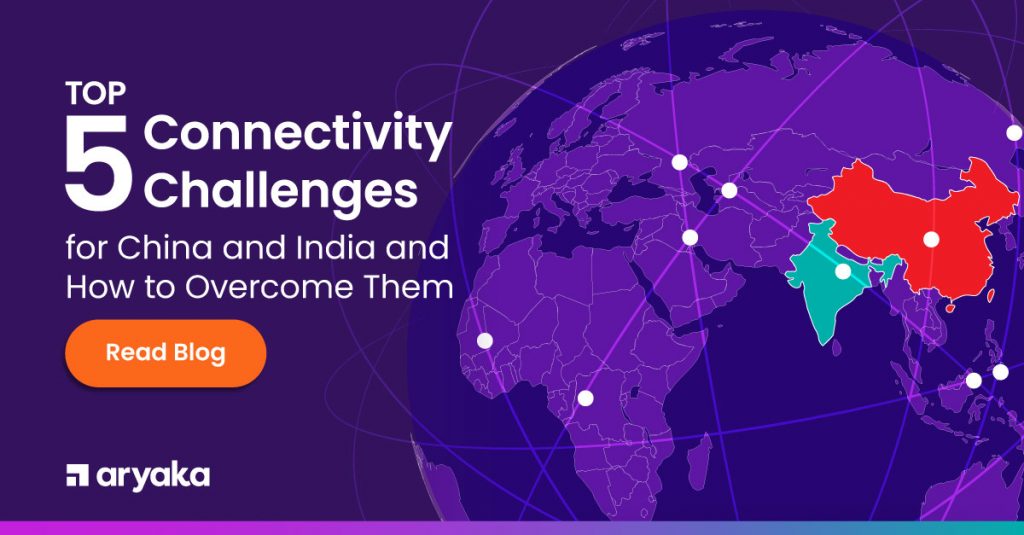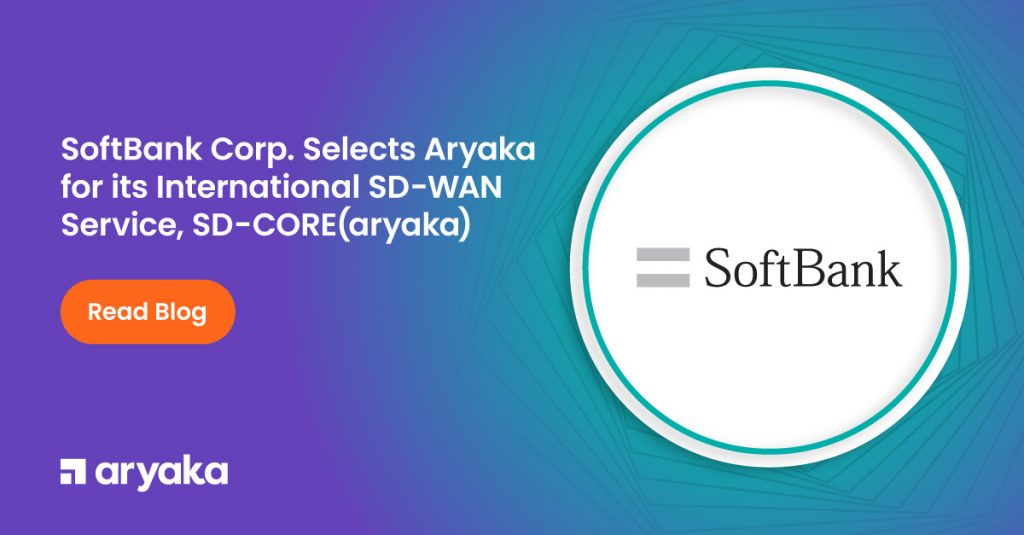40 Years of the Evolving Enterprise WAN – A Walk Down Memory Lane
Study the past if you would define the future.
Confucius, Chinese Philosopher and Reformer
So, what does the next-generation WAN look like?
In an attempt to answer this question, I thought I’d look back in time, to see how the WAN has evolved so far. The evolution of the WAN has followed the evolution of enterprises, in general, and their changing business requirements.
The Somber 70’s
In the late 1970s, WANs were designed to simply connect two different locations, even if they were in the same city or across the street from each other. This was an era when a 9.6 Kbps line, which ran over copper, was considered to be part of a high-speed network. AT&T was still a monopoly that solely controlled the Bell Operating Companies, a conglomerate that provided telecommunication services to a large part of North America. In the year 1982, however, AT&T relinquished control of these companies; a landmark event that spawned a communication services revolution, which stimulated competition and paved the way for advancements in WAN technology.
The Animated 80’s
Through the 1980s, network speeds kept improving on leased lines, and 45Mbps T3/DS3 links were a part of one of the most expensive solutions of the time. However, as demand grew and businesses began expanding internationally, they required a solution that was more flexible and cost-effective. This led to the advent of packet-switched networks that used network resources more efficiently. One of the first incarnations of this technology was the X.25 network, which some consider as the first “cloud” service in widespread use for remote mainframe terminal access. Packet-switched networks transformed the pricing model for WANs at the time by allowing customers to pay as per usage.
Then, around the end of the 1980s and during the early 1990s, came Frame Relay technology. This Layer-2 technology lowered monthly costs, reduced complexity, allowed the sharing of the last mile bandwidth for better efficiency, and required less hardware deployment. However, while it was flexible and cost-effective, bandwidth scaling was a hassle, as businesses had to sit idly through long lead times. Even bursting requests were typically hard-capped at the subscribed maximum.
Still, it was a runaway success at the time, and is in use even today.
The Stirring 90’s
This decade witnessed a Fiber-Optic Revolution following the commercial availability of optical-amplification systems, the use of which reduced the need for repeaters, and resulted in the doubling of system capacity every 6 months from 1992 to late 2000. Large data capacities were supported by laying down a vast network of transoceanic fiber communication lines.
Also, WANs with Asynchronous Transfer Mode (ATM) technology made an entrance in the mid-1990s. ATM was relatively complicated to configure, and was constrained by the same long lead-time BW increase and bursting provisioning cycles.
The real breakthrough technology of the decade was Multi-Protocol Label Switching (MPLS) – a successor to Frame Relay. At this time, it was common for businesses to have branch offices located halfway across the globe. With MPLS, businesses could run their traffic over long-haul private links with dedicated bandwidth. It quickly replaced Frame Relay based solutions as the dominant WAN technology in the world. Yet, the technology brought with it, a range of limitations such as inconsistent latency, lack of flexibility and lengthy deployment schedules. MPLS still takes typically 3-6 months to deploy, especially in remote locations. Furthermore, as enterprise traffic on the WAN began to surge in the early 2000s and subscription of higher bandwidths became a necessity, businesses began to feel the pinch of the exorbitant costs associated with deploying MPLS.
Y2K – Enter the New Millennium
It was at this point that WAN Optimization technology got the opportunity to get its foot in the door. Although Packeteer came out with a QoS box-based solution in 1997, which had basic classification, prioritization, and traffic visibility functionalities, Peribit (acquired by Juniper Networks) is considered to be the world’s first WAN Optimization provider. It was the first symmetric appliance based solution, launched in 2001, with features like traffic compression, deduplication, classification, prioritization, and TCP acceleration. By achieving compression ratios in the range of 2.5:1, businesses could adopt this technology over having to increase their Leased Line, ATM and/or expensive MPLS networks to compress traffic, and save on bandwidth consumption and increased I.T. costs.
Nevertheless, purchasing an MPLS network and adding a layer of optimization over it, was still an expensive proposition, and came with the hassle of managing and maintaining appliances, which in turn required more IT personnel with relevant expertise. Businesses still needed greater agility and flexibility with their networks.
Here and Now
Cut to 2009, when Aryaka invented the world’s first Software-Defined, Ultra-Optimized, Multi-tenant Private WAN.
This was the beginning of the era of cloud computing, and Aryaka took the opportunity to combine enterprise-grade private connectivity with patented WAN Optimization technology to deliver a holistic cloud-based, next-generation WAN to global business – one which could be deployed in a single day! (as opposed to the months taken by MPLS). Bandwidth scaling was, now, near-instantaneous. Further, by delivering all of this as a 24×7 fully managed service, Aryaka enabled businesses to channelize the efforts of their IT resources to perform higher-value activities and strategic roles, instead of mundane network maintenance and management tasks.
This development also saw a bunch of new vendors entering the market with half-baked software-defined WAN (SD-WAN) offerings. However, at a time when enterprises are moving most of their workloads to the cloud, these half-baked SD-WAN solutions force them to either trust the unreliable public Internet for their mission-critical applications, or additionally deploy MPLS links for a more stable mode of transport. Most SD-WANs deliver on the promises of agility and flexibility, but fail to deliver on the performance front for lack of a global private network.
Aryaka’s WAN as-a-Service is the only complete WAN, today, which combines the agility and flexibility of SD-WAN, the reliability and stability of a global private (patented) multi-tenant network, world-class optimization and application acceleration – and delivers all of this as a cloud-based, fully managed service.
- Accelerate CAD/CAM Performance
- Improve Zoom Conferencing Performance
- Calypso Embraces a SaaS-first Strategy
- CallisonRTKL Transforms their WAN
- Kleinfelder Improves Application Performance
- Teradyne Transforms their WAN
- SAP web application performance
- Kleinfelder Improves Application Performance
- Industrial Manufacturing Company Transforms WAN










